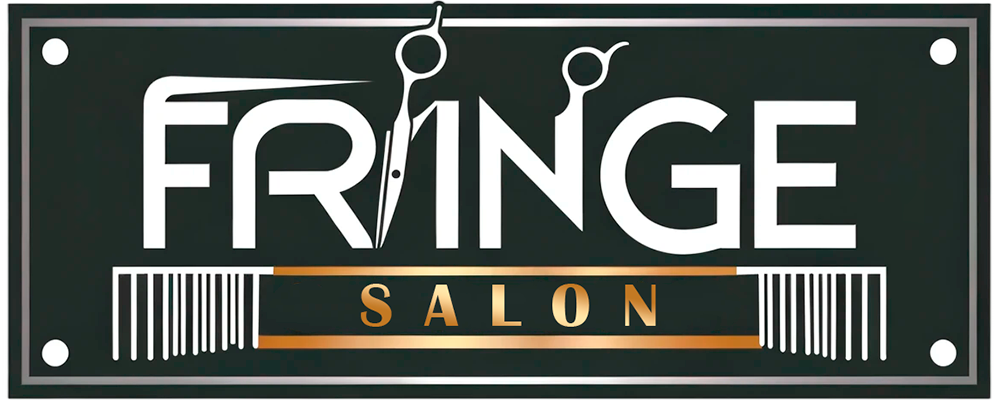How Profitable is a Barbershop?
The allure of starting a barbershop extends beyond the passion for grooming and style; it’s about carving a space in a market that has shown remarkable resilience and growth over the years. In this exploration of the profitability of a barbershop, we delve into various factors that contribute to its financial success, including initial investments, ongoing expenses, revenue streams, and strategic tips to maximize profits.
Initial Investments and Ongoing Expenses
The journey to opening a barbershop begins with an initial investment. This includes the cost of leasing a space, renovations to imbue the shop with a unique ambiance and style, purchasing essential equipment like chairs, mirrors, and grooming tools, and obtaining necessary licenses and insurance. The startup cost can vary widely depending on location, size, and the level of luxury you intend to offer.
Once the doors open, ongoing expenses come into play. These include rent, utility bills, salaries for barbers (if you’re not going solo), and costs for supplies like shampoos, conditioners, and other grooming products. Managing these expenses efficiently is crucial for the financial health of your business.
Revenue Streams
A barbershop’s primary revenue comes from haircuts, shaves, and other grooming services. Pricing these services correctly is vital; they must cover costs, compete fairly in your market, and offer value to your customers. Additionally, selling grooming products and merchandise can provide a significant secondary revenue stream. Offering memberships or package deals can also attract repeat business and ensure a steady income flow.
Maximizing Profitability
To maximize a barbershop’s profitability, consider the following strategies:
- Location and Market Research: Choose a location with high foot traffic and understand your target market to tailor your services and pricing.
- Quality of Service: Exceptional service encourages repeat customers and word-of-mouth referrals, the lifeblood of local businesses.
- Efficient Operations: Streamline appointments, manage inventory wisely, and use software to handle bookings and payments efficiently.
- Marketing and Branding: Invest in branding and marketing to build a strong presence in your community. Social media, local advertising, and community involvement can significantly boost your visibility.
- Diversification: Offering a wide range of services and products can cater to a broader audience and increase revenue opportunities.
Conclusion
The profitability of a barbershop hinges on various factors, from initial setup and ongoing operational costs to the ability to attract and retain customers through superior service and effective marketing. With the right location, a keen understanding of your target market, and a relentless focus on quality and efficiency, a barbershop can not only be profitable but can thrive and become a cornerstone of its community.




